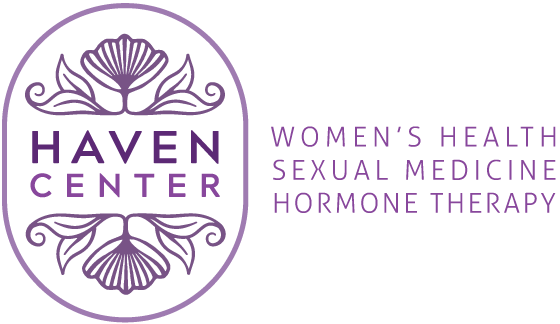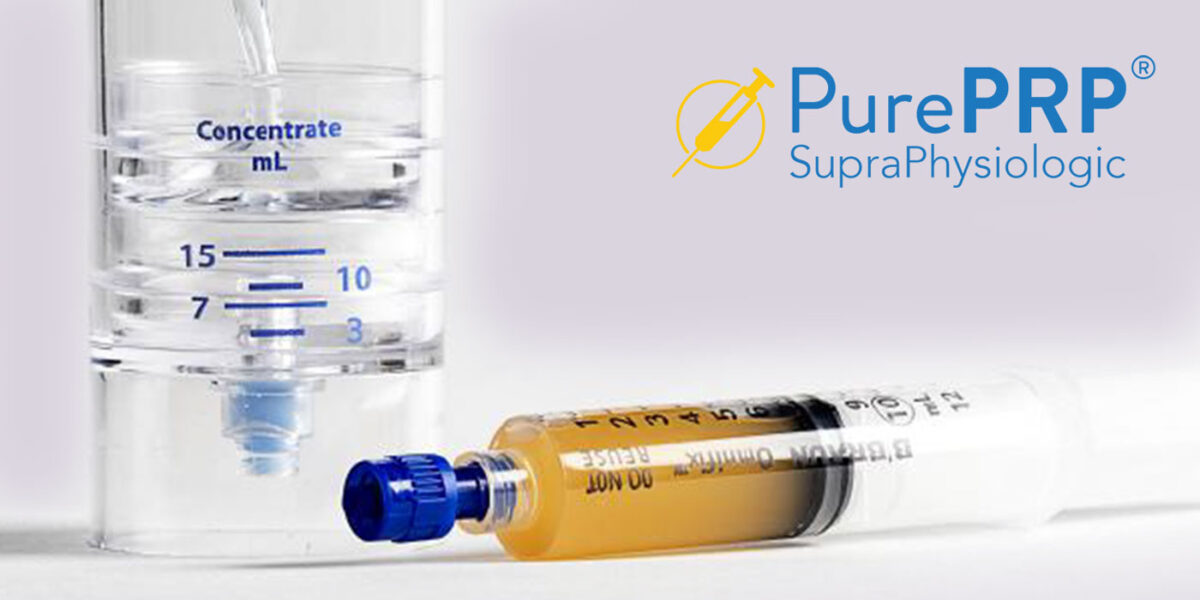Platelet-Rich Plasma (PRP) therapy has garnered significant attention in recent years for its remarkable therapeutic potential across various medical disciplines. From orthopedics to dermatology, PRP’s regenerative properties have revolutionized treatment approaches, offering a natural and effective solution to a wide range of conditions. In this comprehensive guide, we delve into the depths of PRP therapy, unraveling its mechanisms, applications, and the compelling evidence supporting its therapeutic benefits.
Understanding Platelet-Rich Plasma (PRP):
PRP therapy harnesses the body’s innate healing mechanisms by utilizing a concentrated form of platelets derived from the patient’s own blood. Platelets are rich in growth factors and cytokines, bioactive molecules that play pivotal roles in tissue repair, regeneration, and inflammation modulation. By isolating and concentrating these platelets, PRP augments the body’s healing response, accelerating tissue repair and promoting optimal recovery.
Mechanisms of Action:
The therapeutic efficacy of PRP stems from its multifaceted mechanisms of action:
- Stimulating Tissue Repair: Platelet-derived growth factors and cytokines promote angiogenesis (formation of new blood vessels) and recruit reparative cells to the site of injury, facilitating tissue regeneration and wound healing.
- Modulating Inflammation: PRP exerts anti-inflammatory effects by inhibiting pro-inflammatory cytokines and promoting the secretion of anti-inflammatory mediators, thus reducing inflammation and promoting tissue homeostasis.
- Enhancing Collagen Production: Growth factors within PRP, such as platelet-derived growth factor (PDGF) and transforming growth factor-beta (TGF-β), stimulate fibroblast activity and collagen synthesis, contributing to tissue remodeling and improved structural integrity.
Therapeutic Applications of PRP:
- Orthopedics and Sports Medicine: PRP has emerged as a promising treatment modality for musculoskeletal injuries, including tendonitis, ligament sprains, and osteoarthritis. Injections of PRP into affected joints or soft tissues promote tissue repair, alleviate pain, and enhance functional outcomes, making it a valuable adjunct to conventional therapies.
- Dermatology and Aesthetics: PRP’s regenerative properties have revolutionized dermatological and aesthetic treatments. From hair restoration and facial rejuvenation to scar revision and wound healing, PRP injections or topical applications stimulate collagen production, improve skin texture, and promote hair growth, offering natural and long-lasting results.
- Dentistry: In oral and maxillofacial surgery, PRP is used to enhance bone regeneration and promote tissue healing following procedures such as dental implant placement, bone grafting, and periodontal surgery. By accelerating osseointegration and reducing postoperative complications, PRP improves treatment outcomes and patient satisfaction.
- Chronic Wound Management: Chronic wounds, such as diabetic ulcers and venous leg ulcers, pose significant challenges to healthcare providers. PRP therapy accelerates wound healing by promoting angiogenesis, tissue granulation, and epithelialization, thereby reducing healing time and preventing complications.
- Ophthalmology: In ophthalmic surgery, particularly in procedures such as corneal transplantation and refractive surgery, PRP eye drops or subconjunctival injections facilitate corneal wound healing, reduce inflammation, and minimize postoperative complications, leading to improved visual outcomes.
Clinical Evidence and Research Findings:
The therapeutic benefits of PRP are supported by a robust body of scientific evidence and clinical studies. Meta-analyses and systematic reviews have consistently demonstrated the efficacy of PRP across various medical specialties, confirming its safety, efficacy, and potential as a cost-effective treatment option.
For instance, a meta-analysis published in the Journal of Orthopaedic Surgery and Research concluded that PRP injections significantly improved pain and functional outcomes in patients with knee osteoarthritis compared to placebo or conventional therapies. Similarly, a systematic review in the Journal of Dermatological Treatment found that PRP therapy yielded positive results in promoting hair growth and improving hair density in patients with androgenetic alopecia.
Safety Considerations and Future Directions:
PRP therapy is generally considered safe, with minimal risk of adverse effects, owing to its autologous nature. However, as with any medical procedure, appropriate patient selection, proper technique, and adherence to established protocols are essential to ensure optimal outcomes and minimize potential risks.
Looking ahead, ongoing research efforts aim to further elucidate the underlying mechanisms of PRP therapy, optimize treatment protocols, and explore novel applications across diverse medical disciplines. With continued advancements in biotechnology and regenerative medicine, PRP holds immense promise as a versatile and potent therapeutic tool, empowering healthcare providers to deliver personalized and holistic care to patients worldwide.
Platelet-Rich Plasma (PRP) therapy represents a paradigm shift in regenerative medicine, offering a natural and effective solution to a myriad of medical conditions. From orthopedic injuries to dermatological concerns, its regenerative properties hold the key to accelerated healing, improved functional outcomes, and enhanced quality of life for patients. As research continues to unveil its therapeutic potentials and clinical applications, PRP stands poised to revolutionize healthcare, ushering in a new era of personalized and regenerative therapies.
Find out more info on Platelet Rich Plasma (PRP).

